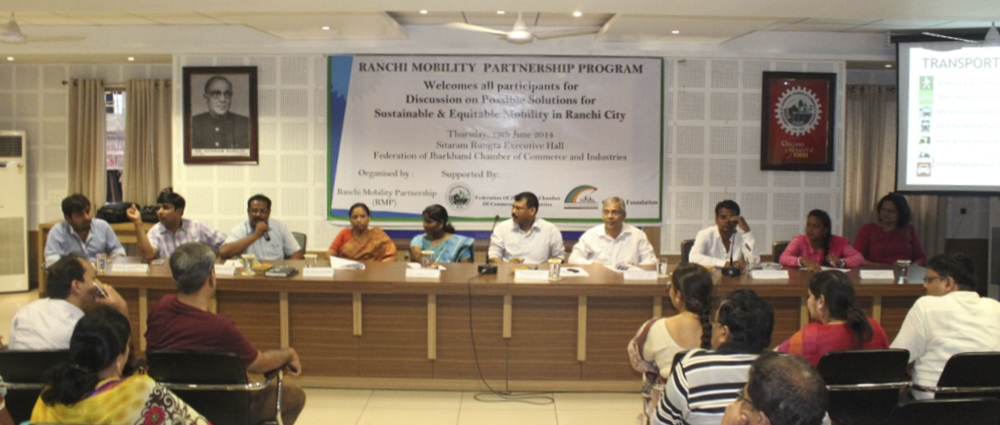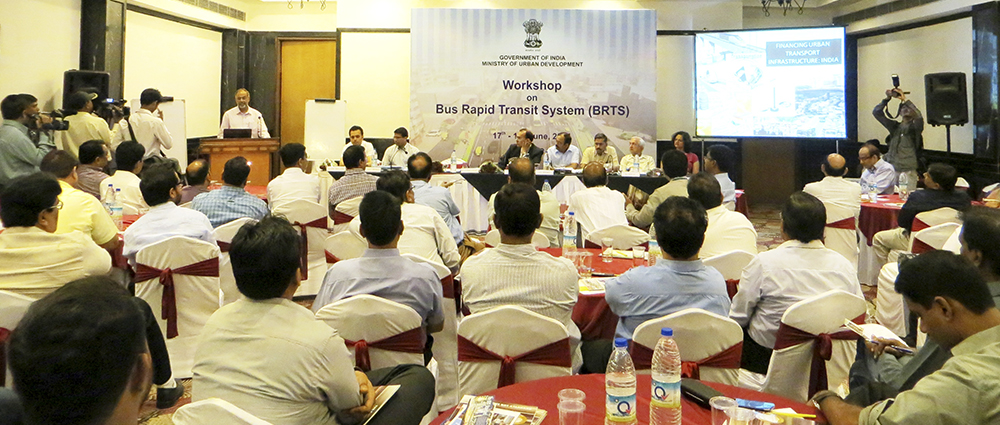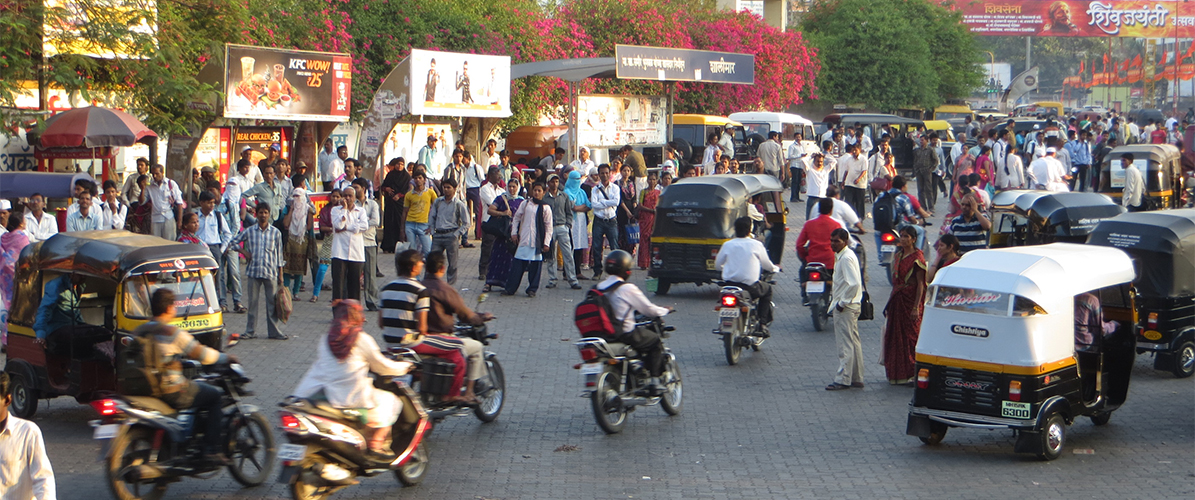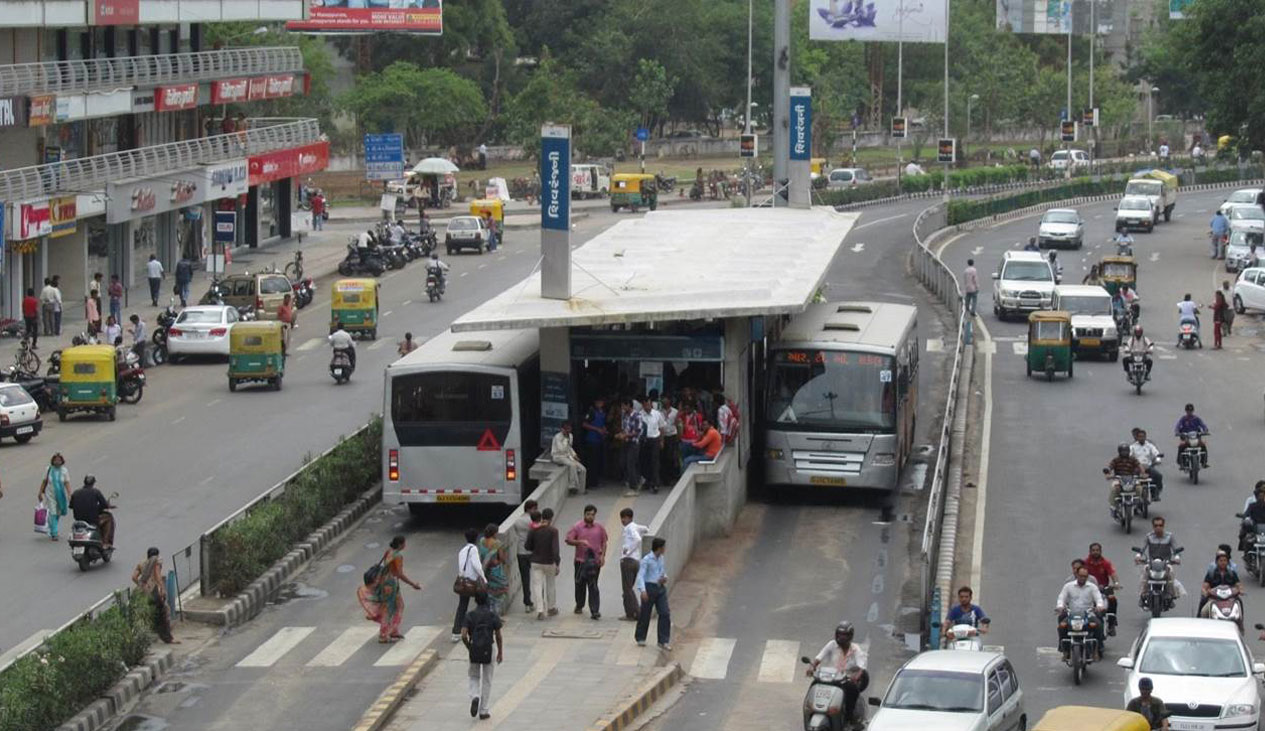As one of the fastest growing cities in India, Ranchi has a dire need for improved transport sector infrastructure. Formal public transport is almost non-existent, and there are hardly any dedicated facilities for pedetrians and cyclists. These conditions are contributing toward rapid growth in personal motor vehicle usage. So far, no concrete efforts have been made to develop sustainable transport solutions for the city.
To advocate for equitable, safe, and sustainable transport in Ranchi, one of the principal strategies proposed by Ranchi Mobility Partnership (RMP) is to garner support from political representatives and parties. Many political representatives in Ranchi lack awareness regarding the transport challenges faced by city residents. While election manifestos outline priorities ranging from food security to housing to health care, they contain few details on transport, and what recommendations do exist tend to focus on interventions that benefit personal vehicle users. This emphasis is in stark contrast to the need of the majority of Ranchi residents for basic improvements in walking, cycling, and public transport facilities.
With the announcement of the much-awaited Mayoral polls in April 2014, the Ranchi Mobility Partnership (RMP) identified the election as a great opportunity to create awareness among Mayoral candidates about the pressing need for sustainable and equitable mobility solutions in the city. The Mayor, as head of the Ranchi Municipal Corporation, is responsible for several aspects of the city’s transport system, including the design and maintenance of roads; management of parking facilities; and storm water drainage.
On 19 June 2014, the RMP organised a workshop for all Mayoral candidates with support from the Citizens Foundation and the Federation of Jharkhand Chamber of Commerce and Industries (FJCCI),focusing on possible sustainable mobility solutions for Ranchi. The workshop was a huge success with participation from Mayoral candidates representing all major parties, ward councillors, trade and commerce organisations, civil society and educational institutions.

On behalf of RMP, Shreya Gadepalli (ITDP) introduced the RMP’s transport Vision for Ranchi.
During the workshop, the RMP introduced its Transport Manifesto for Ranchi and called on all of the mayoral candidates to endorse the same. Shreya Gadepalli from the Institute for Transportation and Development Policy (ITDP), a founding member of the RMP, called for the need to support high quality public transport, develop neighbourhoods that promote walking and cycling, and introduce better regulation of parking.
The presentation was followed by an open session where the candidates engaged in an active discussion with the audience and presented their visions for the city. Most candidates endorsed the RMP’s Transport Manifesto. Ms. Asha Lakra, the Bharatiya Janata Party (BJP)-backed candidate,promised to promote public transport, create continuous pedestrian paths and safe cycle tracks, and develop more recreational spaces in the city.

Mayoral candidate backed by the Bharatiya Janata party, Ms. Asha Lakra, calls for high quality public transport and more recreational spaces in Ranchi.
Members of the FJCCI and other civil society groups lauded RMP’s initiative and expressed a desireto organise discussions regularly to raise awareness about mobility issues in the city. The FJCCI also expressed interest in joining the RMP.
The results of the Mayoral elections, announced on 27 June, declared Ms. Lakra as the winner with a victory of over 14,000 votes. At taking the oath of office, the Mayor Lakra declared that she would work to improve the condition of streets in the city. RMP will be working closely with the Mayor and will help translate her election pledges into reality.


















